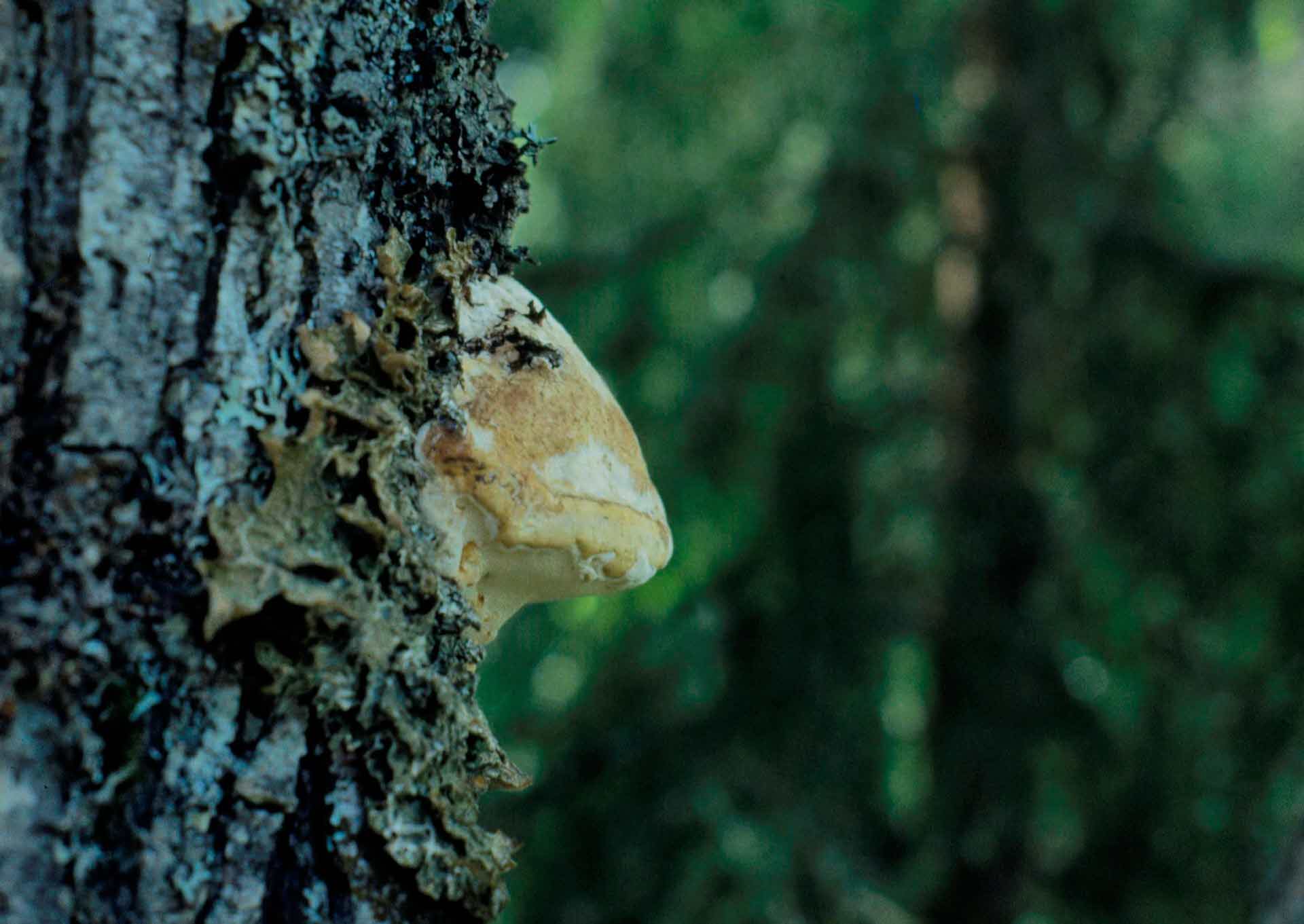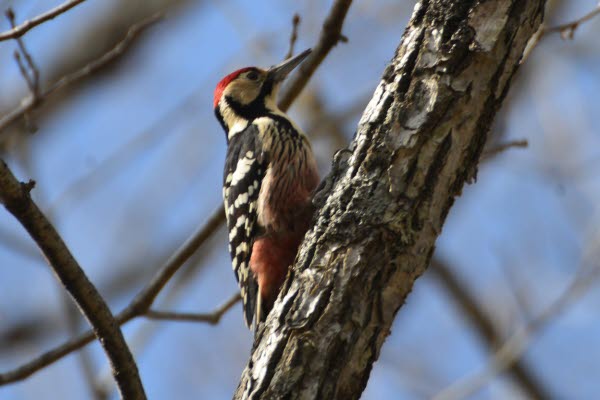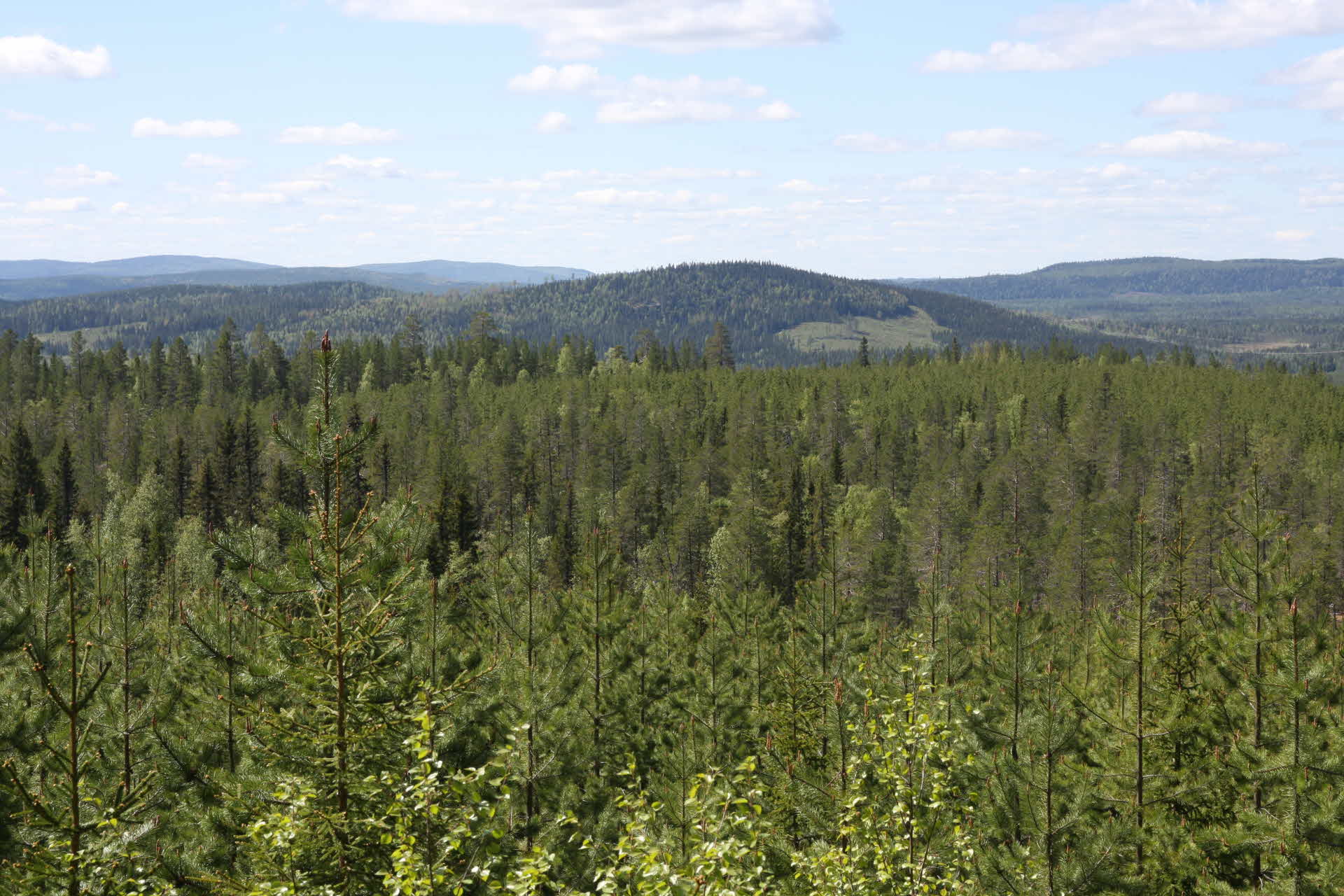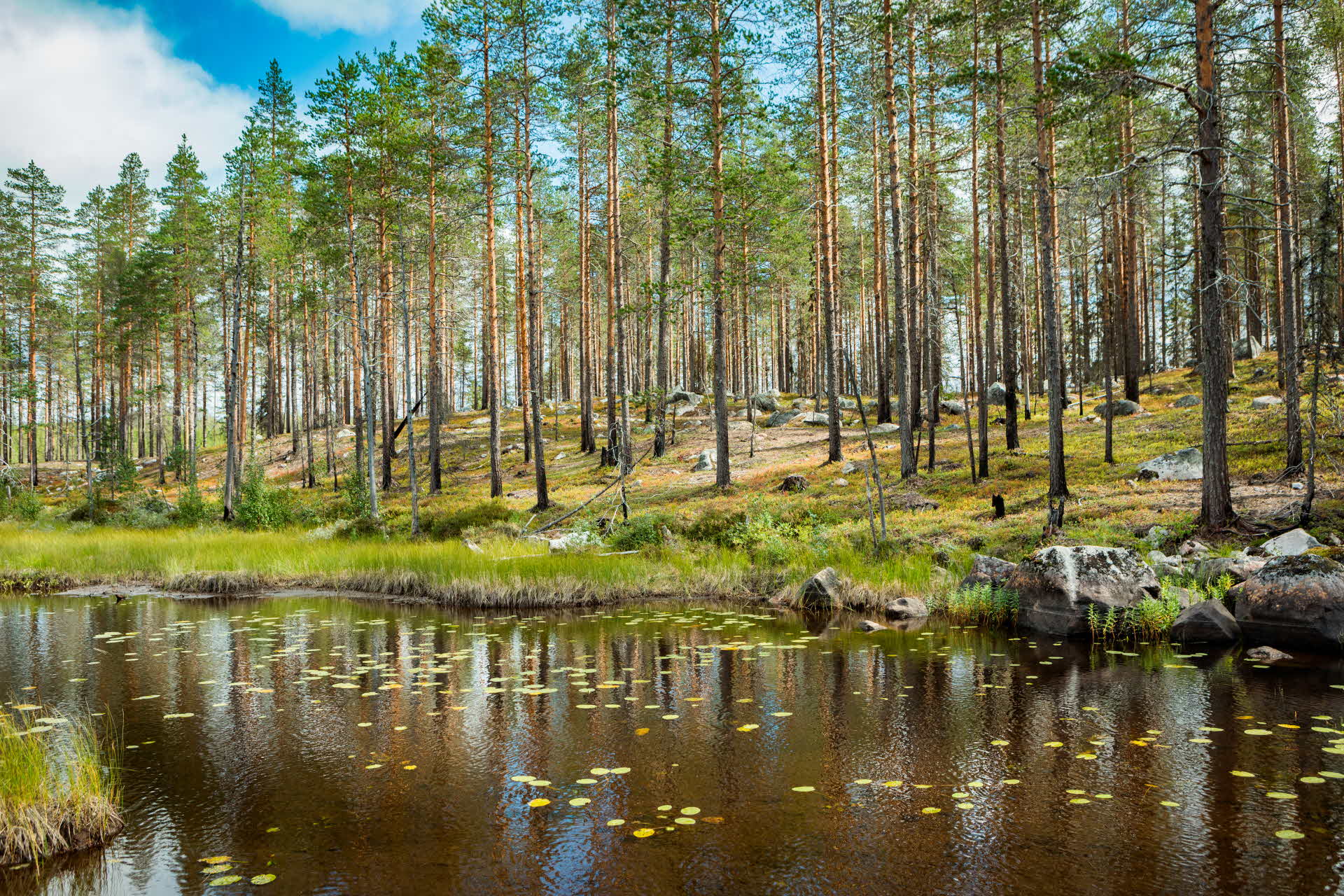
- FOREST
- SCA's FORESTS
- BIODIVERSITY
- SCA's SPECIES COMMITMENT
SCA's Species Commitment and habitats
SCA's forests are home to a variety of flora and fauna, and will continue to be so. Since 2020, we are working to make our nature conservation measures even more effective. Our aim is to improve the habitats that are important for species that are disadvantaged by forestry. This will help us achieve an even greater precision in our work with biodiversity.
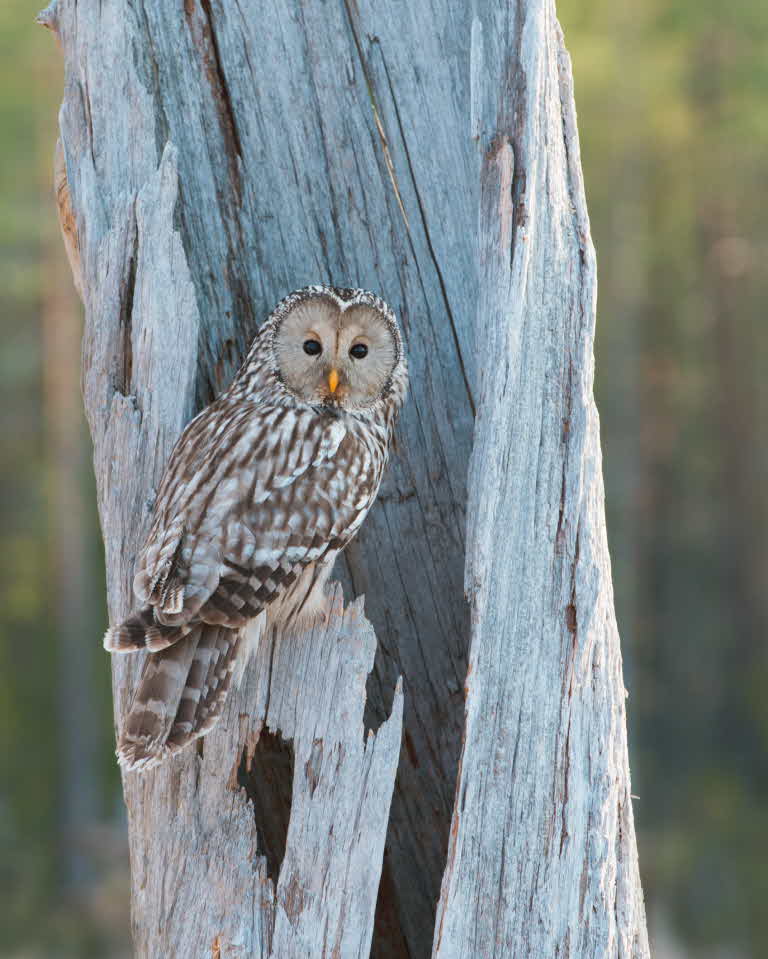
Of the great diversity of flora and fauna species, we have identified 203 red-listed species that are found on our land holdings and are negatively affected by various forestry measures. These species include certain fungi, mosses, lichens, insects and birds. In order to identify these species, we did an in-depth analysis of the Swedish Red List in 2020. Specific efforts to preserve and develop supporting habitats should be made in order to meet the requirements of the species.
As a large forest owner in Norrland, SCA has a special responsibility for these species and we therefore call them our Species Commitment. Together with other players in forestry and with society at large, we want to ensure that their environments exist to such an extent that the species will be able to remain in the forest landscape of the future.
Our work is evaluated continuously and in collaboration with SLU, which means that Species commitment may be added to our list or deleted.
Develop and preserve habitats
In our analysis, we have also identified and described 12 key habitats categories, linking to requirements of each of the 203 redlisted species. Many of the species cope relatively well with the environments that are created when we practice forestry with everyday considerations. Several of our responsible species, on the other hand, have more specific requirements for their habitat and may need different types of active, targeted measures.
Examples of habitats that we have identified
- Older spruce-dominated coniferous natural forest with dead wood in various stages of decomposition.
- Forest with predominantly deciduous species and presence of dead wood
- Coniferous forest with long-term continuity of dead wood
- Forest on humid or wet soils, often adjacent to streams and lakes
- Light pine forest with continuity of dead wood
- Forest recently impacted by fire
We have analyzed how much of these habitats exist within our land holdings, and that we know about. We work partly on preserving and developing, partly on creating new habitats. Saving bright older pine forests, creating sunny gaps in special forest areas and doing prescribed forest burns are some examples.
In total 400,000 hectares of the various habitats were confirmed within set-aside areas identified at the landscape level and on low-productive land with no forestry as well as within some of the consideration areas that we save during our fellings.
More facts
In our document "Delivering biodiversity conservation - a SCA initiative" you can read more about this program and our work and also see the list of our species.
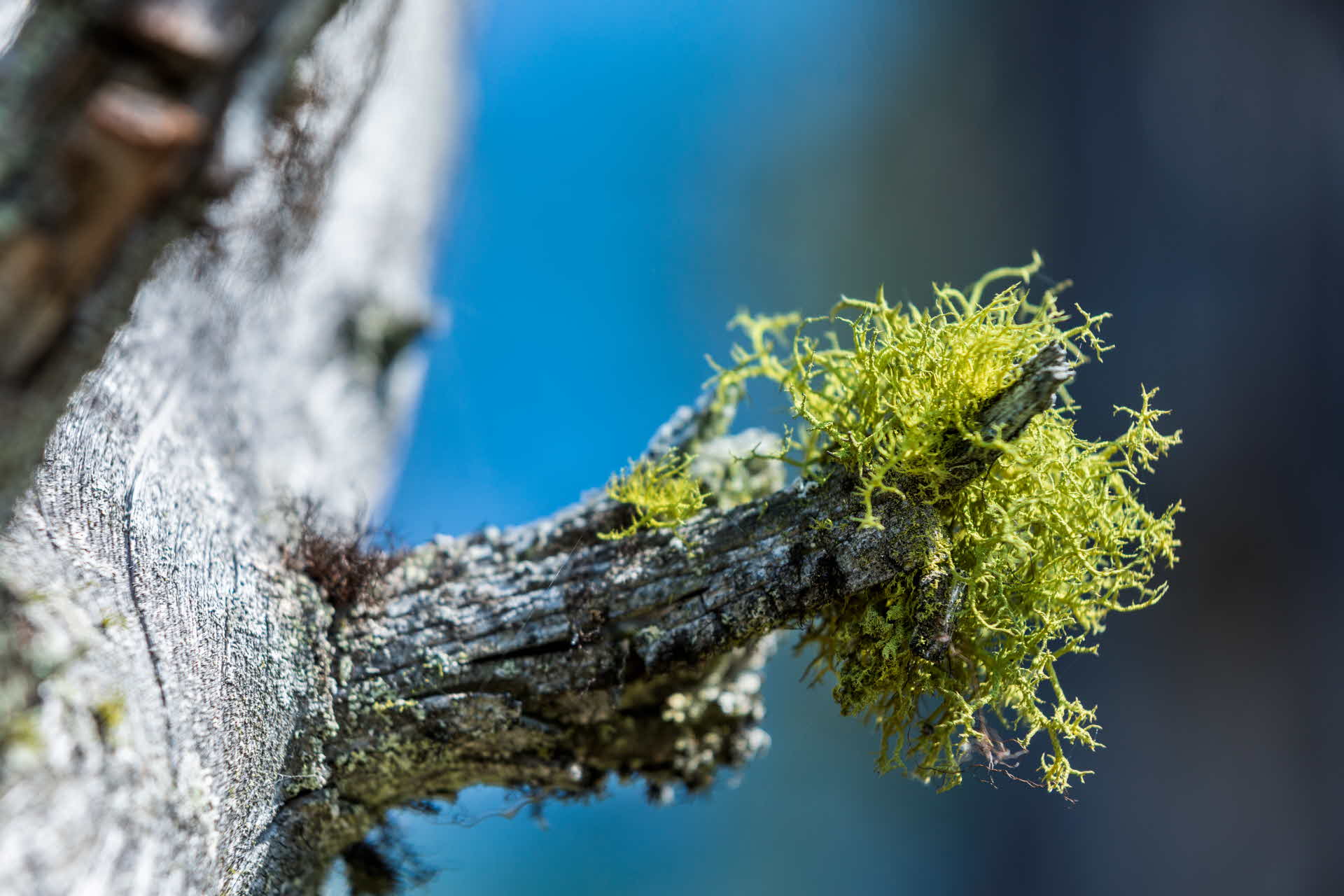
About the Red List
The Swedish Red List assesses approximately 22,000 species out of the roughly 60,000 that have been found in Sweden. The list is compiled by the Swedish Species Information Centre (SLU Artdatabanken). Of the total 22,000 species on the Red List, just over 4,700 are classified as red-listed and divided into various threat categories.
Looking at those found in our forests and disadvantaged by forestry, it concerns about 200 species. These include fungi, mosses, lichens, insects and birds.
The latest Red List was published in 2020.
Habitat that promotes the black woodpecker and many others
Here we present three examples of protected species and the habitats they depend on.
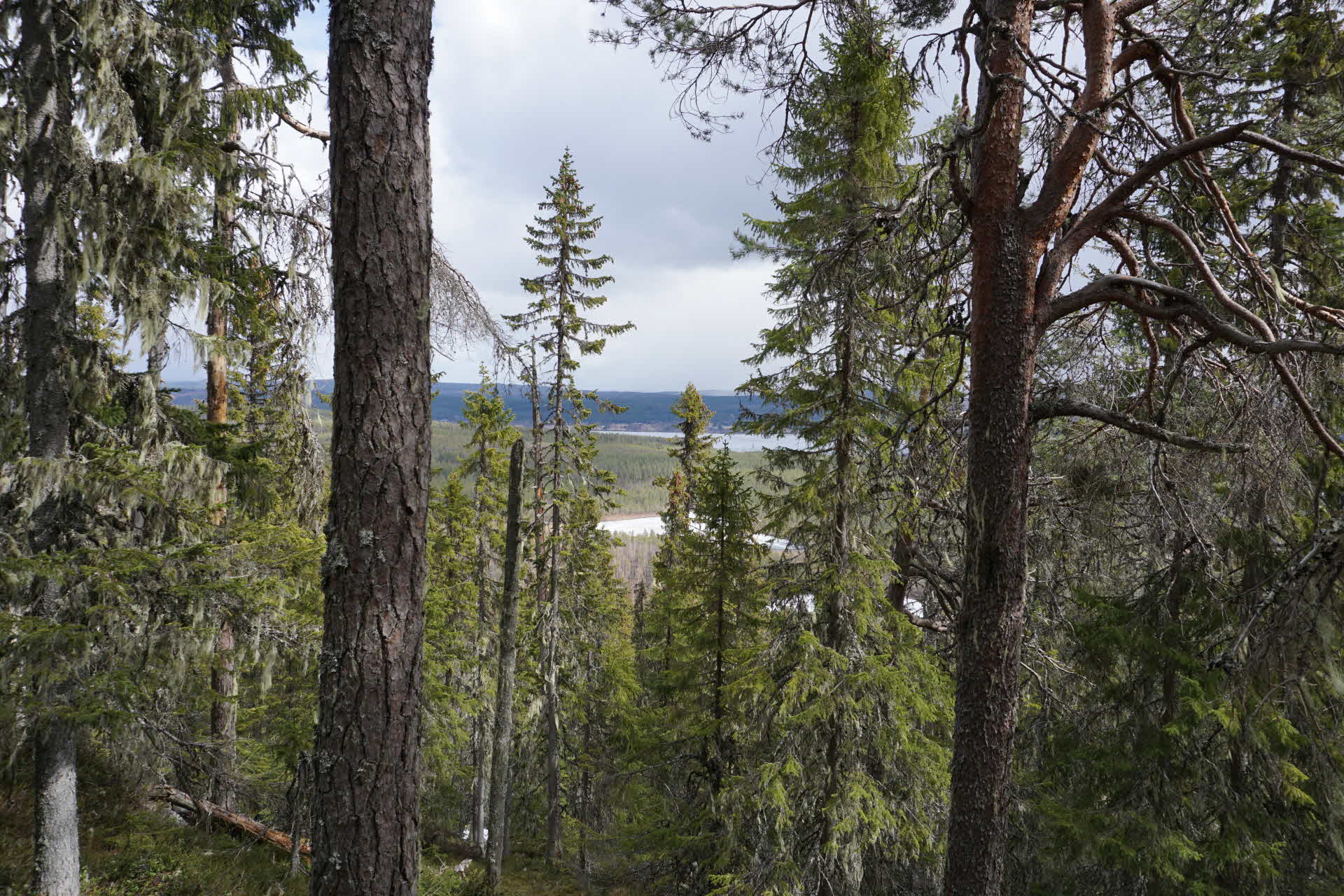
Habitat
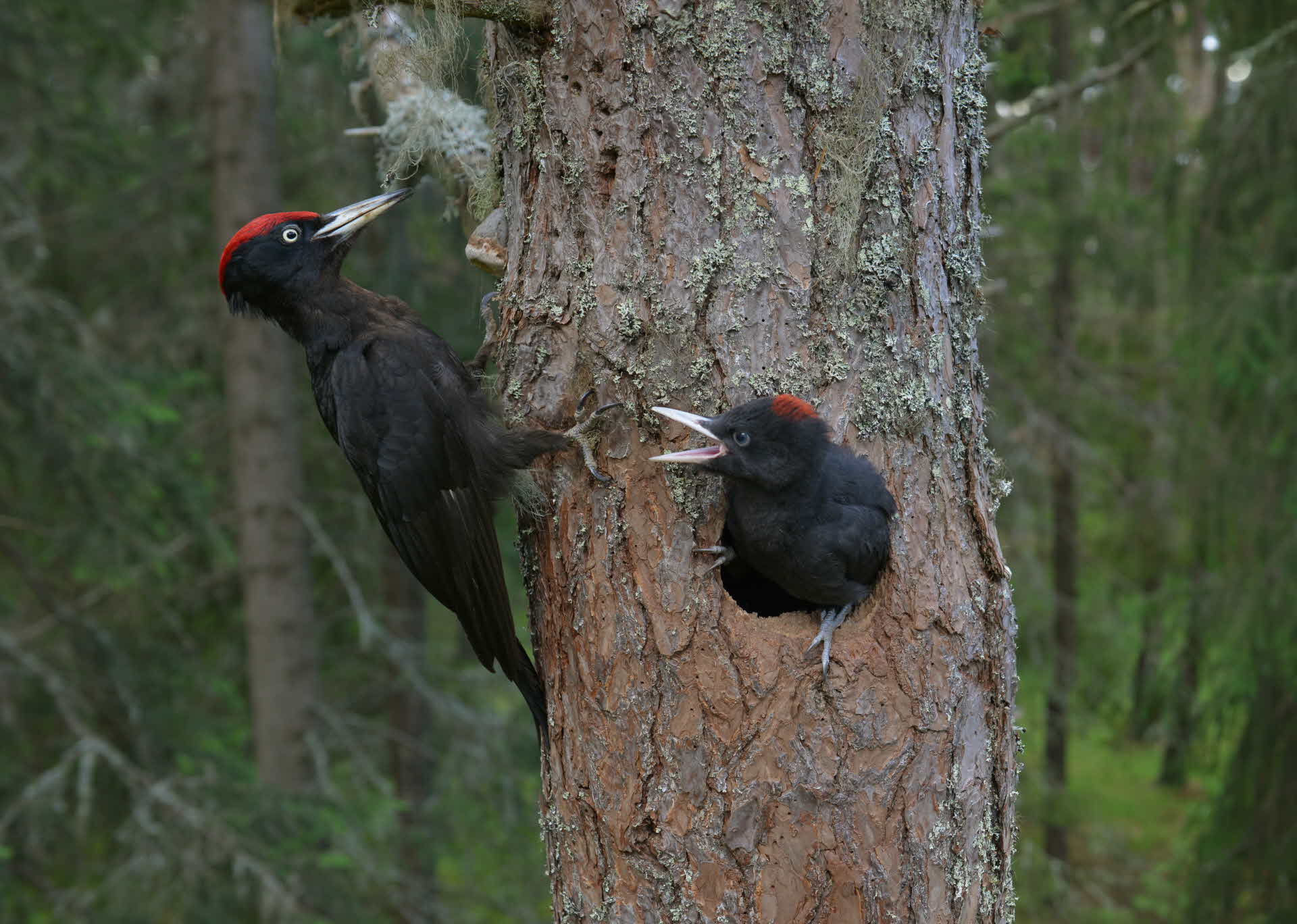
Black woodpecker
Habitat that promotes the Calypso orchid and many others
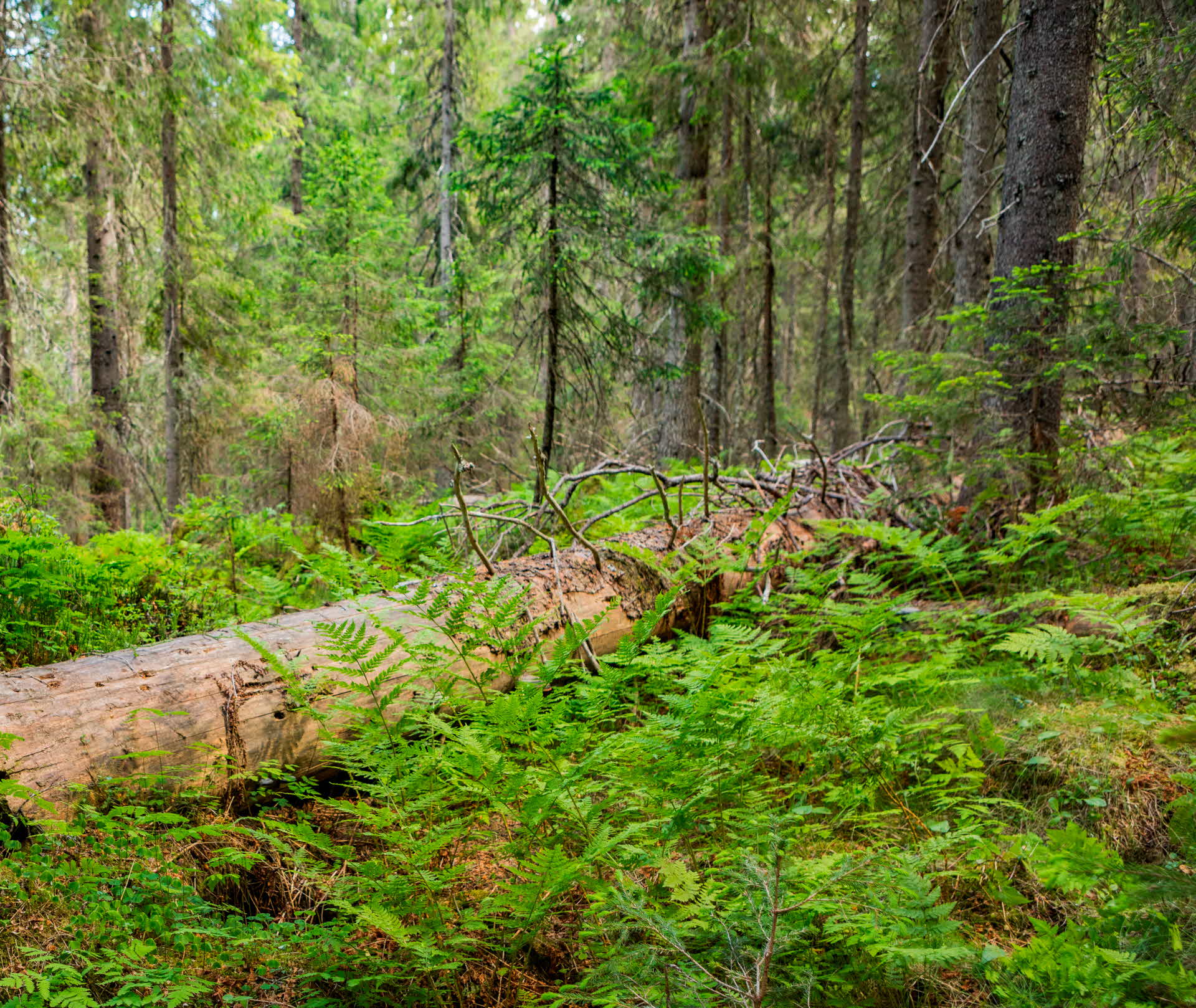
Habitat
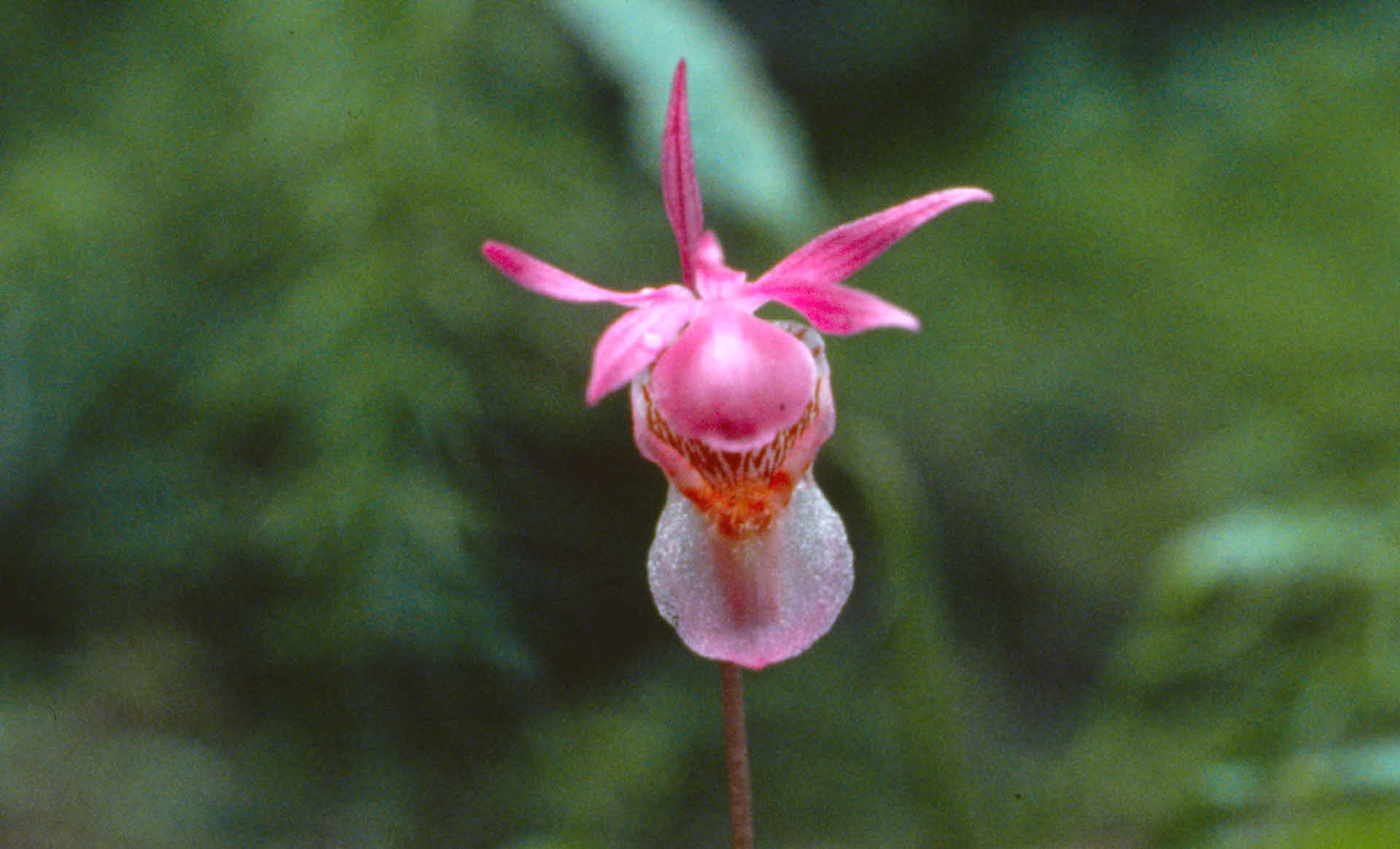
Diamond Willow Fungus
Habitat that promotes the diamond willow fungus and many others

Habitat
